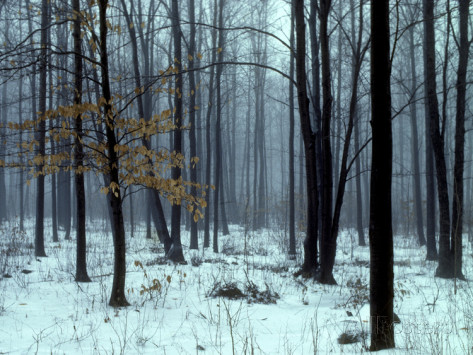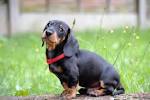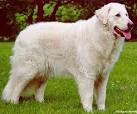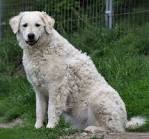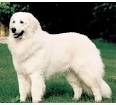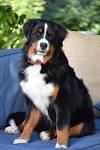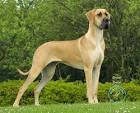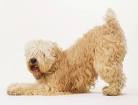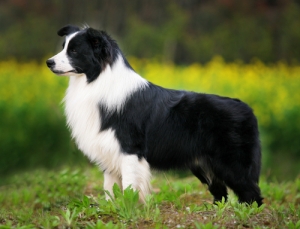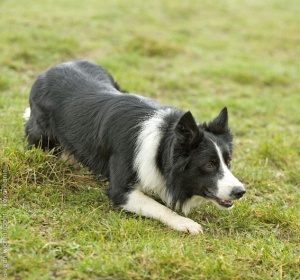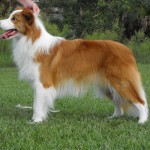History: The Dachshund originated in Germany in the early 1600s. Bred to hunt small game such as badger and rabbit, the Dachshund has shortened legs to hunt and follow these animals to ground inside the burrows where they could fight the prey to the death. “Dachs” is the word for badger. Smaller Dachshunds where bred to hunt hare and stoat. Dachshunds have many “terrier” characteristics. They are versatile and courageous dogs and have been known to take on foxes and otters too. The breed’s population dwindled during World War l, but dogs were imported from Germany to the USA and the gene pool once again increased. The Dachshund was recognized by the AKC in 1885.
Description: Appearance: A typical dachshund is long-bodied and muscular, with short, stubby legs. Its front paws are unusually large and paddle-shaped, for extreme digging. Long coated dachshunds have a silky coat and short featherings on legs and ears. It has skin that is loose enough not to tear while tunneling in tight burrows to chase prey. The dachshund has a deep chest that provides increased lung capacity for stamina when hunting prey underground. Its snout is long with an increased nose area that absorbs odors.
Coat and Color: Dachshunds exhibit three coat varieties: smooth coat (short hair), long hair, and wire-hair. Wirehaired is the least commonly seen coat in the US (it is the most common in Germany) and the most recent coat to appear in breeding standards.
Dachshunds have a wide variety of colors and patterns. They can be single-colored, single-colored with spots and single-colored with tan points plus any pattern. The dominant color is red, the most common along with black and tan. Two-colored dogs can be black, wild boar, chocolate, fawn, with tan “points”, or markings over the eyes, ears, paws, and tail, of tan or cream. A two-colored dachshund would be called by its dominant color first followed by the point color, such as “black and tan” or “chocolate and cream”. Other patterns include piebald, in which a white pattern is imposed upon the base color or any other pattern, and a lighter “boar” red.
Temperament: The Dachshund is curious, clever, lively, affectionate, proud, brave and amusing. Devoted to its family, it can be slightly difficult to train and housebreak, but not impossible. Dachshunds travel well. This little dog needs an owner who understands how to be his pack leader or he will take over the house, and begin to try and tell the owner what to do. If the dog is allowed to take over, many behavior problems will arise, such as, but not limited to, guarding furniture, separation anxiety, guarding food, toys or other objects, snapping, biting and obsessive barking. It will become unpredictable with children and adults they do not know. If it gets really bad, it may become unpredictable with its owner. They are usually recommended for older, considerate children, simply because most owners do not display proper pack leadership to small dogs, causing moderate to severe protectiveness, a behavior that can change if the humans start being their pack leader. If they do get the proper leadership, they can get along well with children. This breed has an instinct to dig. They are generally okay with other pets; however, once again, without proper leadership from their humans, they can be jealous, irritable, obstinate and very quick to bite, sometimes refusing to be handled. If you allow your little dog to take over your house, the dog will try his hardest to keep all of his humans in line—a weight which should not be placed on any dog’s shoulders, especially one as sweet as a little dog like the Dachshund. These negative traits are not Dachshund traits, they are small dog syndrome traits. Meaning, most owners treat their small dogs like babies, rather than giving them leadership, As well as rules they need to follow along with limits they are, and are not allowed to do, which all dogs instinctually crave. Dachshunds that have human leadership along with a daily pack walk are wonderful family companions with excellent temperaments.
Health: Prone to spinal disc problems (Dachshund paralysis), urinary tract problems, heart disease and diabetes. Prone to mast cell tumors. Dachshunds have a tendency to become overweight and lazy. This is a serious health risk, putting added strain on the back.
Grooming: Longhaired require daily combing and brushings; wirehaired need professional trimming twice a year, and short-haired require regular rubdown with a damp cloth. This breed is an average shedder.
Lifespan: 12-15 years
Height and Weight:
Standard: Height 8 – 11 inches Weight – over 11 pounds
Miniature: Height up to 5 – 7 inches Weight 11 pounds
Toy: Height up to 12 inches Weight 8 pounds
Exercise: These are active dogs with surprising stamina; they need to be walked daily. They will also enjoy sessions of play in the park or other safe, open areas. Be careful, however, when pedestrians are about because Dachshunds are more likely to be stepped on than more visible dogs. They should be discouraged from jumping, as they are prone to spinal damage.
